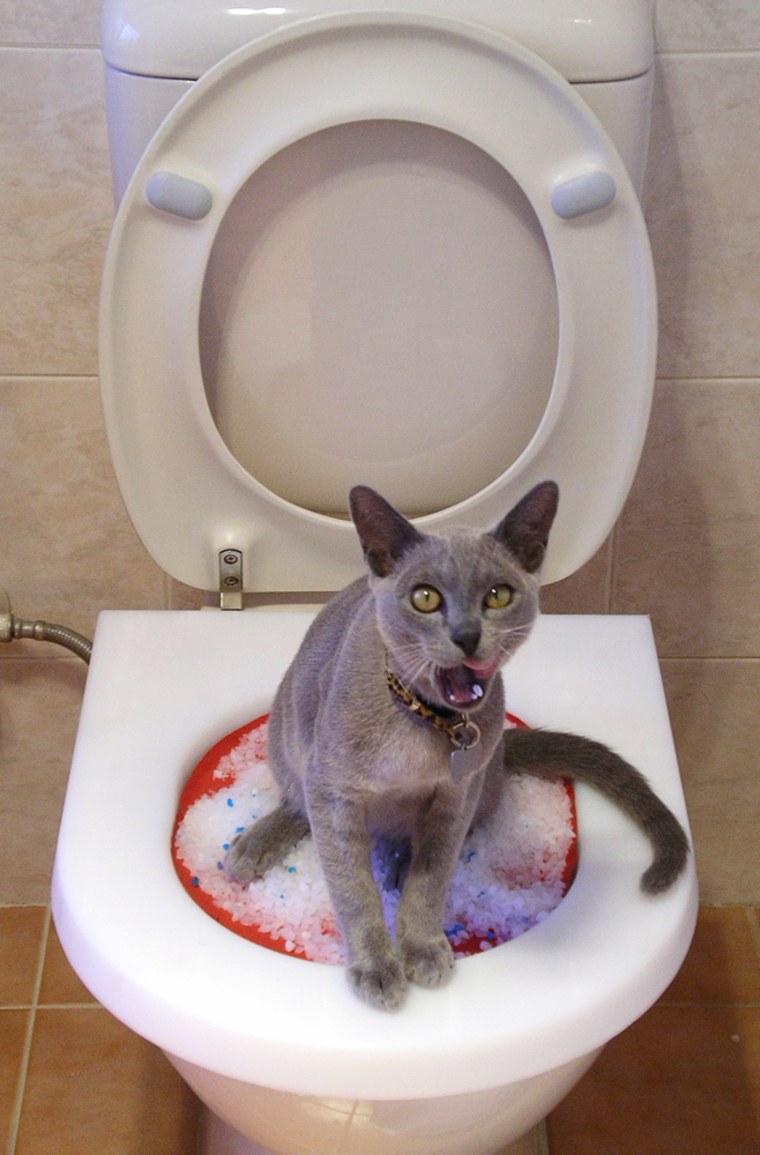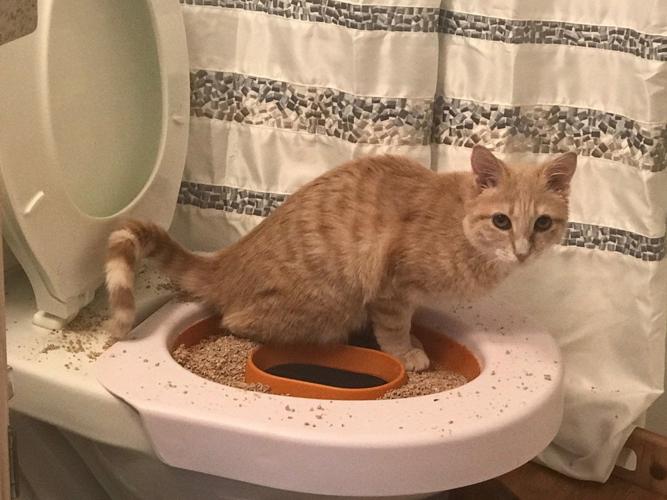What Flushing Animal Waste Can be Not Advisable
What Flushing Animal Waste Can be Not Advisable
Blog Article
We've come across this article relating to 4 Reasons Why Dog Poop Cleanup is Important below on the web and believe it made perfect sense to discuss it with you over here.

When it comes to dealing with waste, particularly animal waste, lots of people typically turn to the practical option of flushing it down the toilet. However, this relatively very easy option can have serious consequences for the setting and public health. In this article, we'll explore why flushing pet waste down the commode is a bad idea and provide alternative methods for correct disposal.
Intro
Proper waste disposal is important for maintaining ecological sustainability and public health. While it might seem safe to flush animal waste down the commode, it can cause various concerns, both for the environment and human wellness.
Threats of flushing animal waste
Ecological impact
Purging animal waste presents hazardous microorganisms and pathogens into rivers, which can negatively influence aquatic environments. These pathogens can pollute water resources and injury marine life, interrupting fragile ecosystems.
Public health issues
Animal waste consists of unsafe bacteria such as E. coli and Salmonella, which can position major health and wellness dangers to human beings. Purging animal waste down the toilet can contaminate water supplies, resulting in the spread of diseases and infections.
Alternatives to flushing
Instead of purging pet waste down the bathroom, there are a number of alternative disposal approaches that are extra eco-friendly and hygienic.
Composting
Composting animal waste is an environmentally friendly way to take care of it. By composting, raw material is broken down into nutrient-rich dirt, which can be utilized to feed gardens and plants.
Landfill disposal
Taking care of animal waste in a garbage dump is an additional choice. While not as eco-friendly as composting, it is a much safer choice to flushing, as it avoids the contamination of water resources.
Animal garbage disposal systems
There are specialized animal waste disposal systems readily available that safely and hygienically take care of animal waste. These systems commonly make use of enzymes to break down waste and eliminate smells.
Actions to correct animal waste disposal
To make certain proper disposal of animal waste, adhere to these actions:
Scooping and bagging waste
On a regular basis scoop and bag animal waste utilizing eco-friendly bags. This prevents waste from contaminating the atmosphere.
Utilizing assigned waste bins
Dispose of bagged animal waste in designated waste bins, such as compost bins or landfill bins. Avoid flushing it down the commode in all prices.
Cleansing litter boxes and animal areas regularly
Regularly tidy can and family pet areas to stop the accumulation of waste and bacteria. Usage pet-safe cleaning items to keep hygiene.
Advantages of proper disposal techniques
Adopting appropriate disposal approaches for animal waste supplies a number of advantages:
Decreased environmental pollution
Correct disposal methods reduce the danger of environmental pollution, protecting waterways and ecological communities from contamination
Minimized danger of water contamination.
By staying clear of flushing animal waste down the bathroom, the danger of water contamination is significantly decreased, securing public health.
Boosted hygiene and hygiene
Appropriate disposal techniques advertise far better hygiene and health, developing a more secure environment for both humans and animals.
Conclusion
In conclusion, flushing animal waste down the toilet is damaging to the environment and public health. By adopting alternate disposal methods and complying with appropriate waste monitoring methods, we can decrease the adverse effect of get more info pet waste and contribute to a cleaner, much healthier planet.
What To Do With Dog Poo – The Do's And Don'ts Of Disposing Of Faeces
Dog poo bins
Some councils provide dedicated dog waste bins in popular dog-walking areas that can take dog poo that has been bagged but you can legally dispose of dog waste in any public litter bin, as long as it is securely bagged. This also applies to your wheelie bin at home.
Do not flush
Water companies do not recommend flushing dog faeces down the toilet because certain parasites can survive the water processing treatment and are potentially harmful to humans. You should also never consider flushing dog poo that has been bagged down the toilet as the bags will not break down and instead create severe blockages in the sewage system.
In the woods
The Forestry Commission promotes a ‘stick and flick’ method for dealing with waste in the woods. This means finding a stick and using it to flick any poo from off the path so that it is out of the way of other walkers. You could also bury it as long as it is not in an area where there might be livestock.
Livestock
Parasites found in dog poo can be transmitted to livestock if they inadvertently eat infected faeces that has been left on grazing land. This could result in the death of sheep or abortion in cattle so you should always make sure you pick up your dog’s waste in fields where livestock could be present.

Regularly tidy can and family pet areas to stop the accumulation of waste and bacteria. Usage pet-safe cleaning items to keep hygiene.
Advantages of proper disposal techniques
Adopting appropriate disposal approaches for animal waste supplies a number of advantages:
Decreased environmental pollution
Correct disposal methods reduce the danger of environmental pollution, protecting waterways and ecological communities from contamination
Minimized danger of water contamination.
By staying clear of flushing animal waste down the bathroom, the danger of water contamination is significantly decreased, securing public health.
Boosted hygiene and hygiene
Appropriate disposal techniques advertise far better hygiene and health, developing a more secure environment for both humans and animals.
Conclusion
In conclusion, flushing animal waste down the toilet is damaging to the environment and public health. By adopting alternate disposal methods and complying with appropriate waste monitoring methods, we can decrease the adverse effect of get more info pet waste and contribute to a cleaner, much healthier planet.
What To Do With Dog Poo – The Do's And Don'ts Of Disposing Of Faeces
Dog poo bins
Some councils provide dedicated dog waste bins in popular dog-walking areas that can take dog poo that has been bagged but you can legally dispose of dog waste in any public litter bin, as long as it is securely bagged. This also applies to your wheelie bin at home.
Do not flush
Water companies do not recommend flushing dog faeces down the toilet because certain parasites can survive the water processing treatment and are potentially harmful to humans. You should also never consider flushing dog poo that has been bagged down the toilet as the bags will not break down and instead create severe blockages in the sewage system.
In the woods
The Forestry Commission promotes a ‘stick and flick’ method for dealing with waste in the woods. This means finding a stick and using it to flick any poo from off the path so that it is out of the way of other walkers. You could also bury it as long as it is not in an area where there might be livestock.
Livestock
Parasites found in dog poo can be transmitted to livestock if they inadvertently eat infected faeces that has been left on grazing land. This could result in the death of sheep or abortion in cattle so you should always make sure you pick up your dog’s waste in fields where livestock could be present.

We were shown that write-up on 10 Things You Should Never Flush Down The Toilet from an acquaintance on another website. Sharing is good. Helping people is fun. Many thanks for being here. Return soon.
Call Report this page